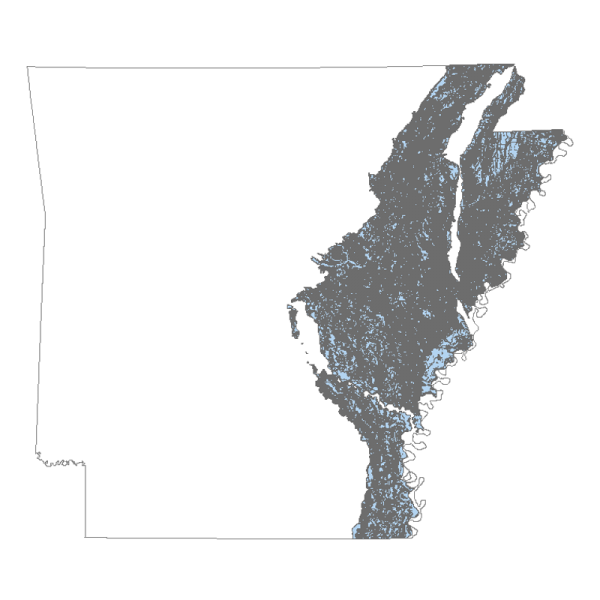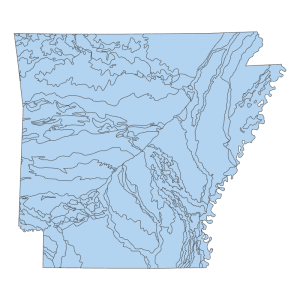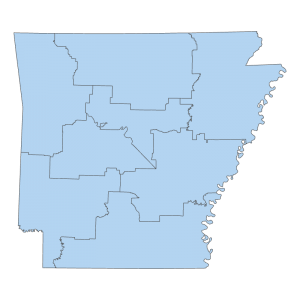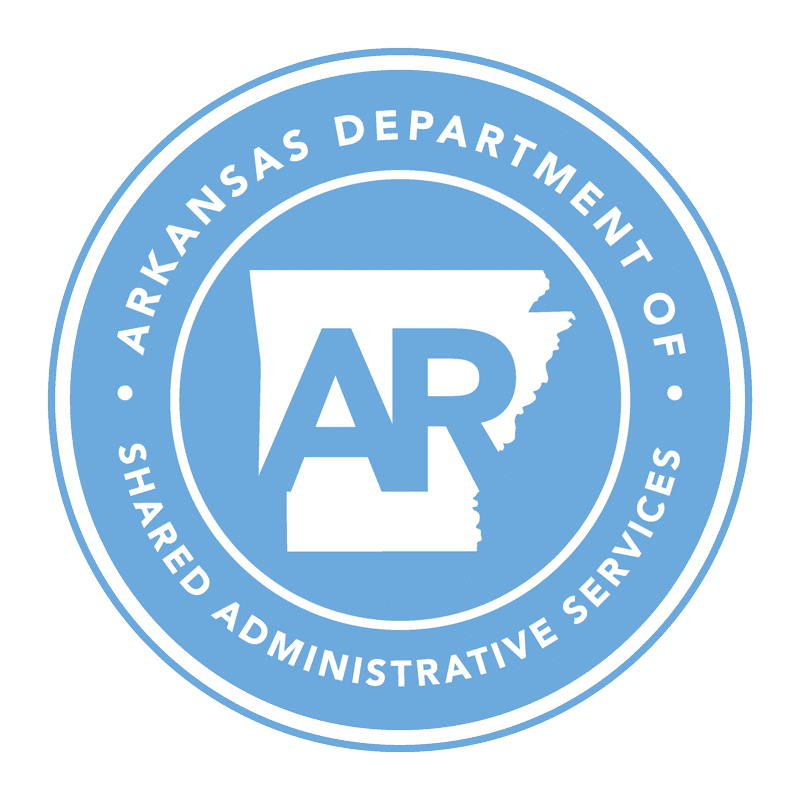Data Description
This compilation of information on Arkansas wetlands includes data and reports generated for five major projects. Although they were conducted to address different objectives and funded by various sponsors, all five are conceptually consistent and provide complementary descriptions of Arkansas wetland resources that can be used for various purposes. The primary purpose in compiling these studies in one place is to support efforts to restore and manage wetlands in Arkansas as effectively and efficiently as possible. Following is a brief summary of each project and the related products assembled here. Be aware that numerous people participated in the various research efforts described here. While a few of the principal participants are identified in this overview discussion, a more complete listing of contributing individuals can be found in the lists of authors and the prefaces of the various individual reports contained herein. The text above is quoted from Overview of Archived Products_ReadMe.pdf authored by Archeological Assessments, Inc. (AAI). The data describes the potential natural vegetation in southeastern Arkansas. Since the purpose of the data is to support ecosystem restoration design and planning, the focus is on the predominant long-term equilibrium community composition best adapted to persist on each site under the current hydrologic and climatic regime. This Appendix is also intended to call attention to the presence and scale of topographic features, such as natural levee ridges and shallow vernal pools, that are essential elements of most of the community types. Where those features have been significantly altered, they must be restored to their approximate original extent — prior to revegetation work — in order to establish the community types described here and mapped in the Field Atlas. The dominant and associated species listed are primarily trees, since most restoration projects in the region focus on reforestation, but understory species or other characteristics strongly associated with a particular community type are noted in some cases. The listed species do not necessarily all occur together in any particular stand, but may all be found on similar sites where mature, compositionally stable communities are present. No early successional communities are described, although seral patches exist in all of the community types, and in some settings — such as point bars within and along active channels — they may be extensive. Similarly, the community descriptions do not necessarily reflect the current vegetation found on many sites, which may have established under a previous hydrologic regime or been extensively manipulated. The community type names reflect the Hydrogeomorphic (HGM) Classification and landscape setting.
[Keywords: Biology, Hydrogeomorphology, Potential Natural Vegetation. Land types, Wetlands, Hydrodynamics, Hydrogeomorphology Classification, Batture Forest Description, Arkansas, Mississippi Alluvial Valley, Mississippi River, USA, Historic, Pleistocene]






